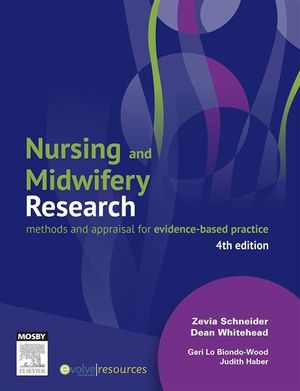I can remember going to NCT classes when I was expecting my children. It was run by women who supported other women to give birth the way they wanted and not what the hospital wanted us to have. Now, the head of the NCT is a male and he wants all families to have access to childbirth classes.
"He said he wanted to offer more free or subsidised antenatal classes to families from less affluent backgrounds. The NCT is the largest provider of paid-for antenatal classes in the country and its courses have acquired a reputation as a meeting place for middle-class 'yummy mummies'.
The courses can cost hundreds of pounds, although discounts are offered to parents on low incomes or benefits. The NHS runs free courses, but they are shorter than most private antenatal classes. Critics claim the paid-for classes threaten to exacerbate the gap between rich and poor."
Link to article


















